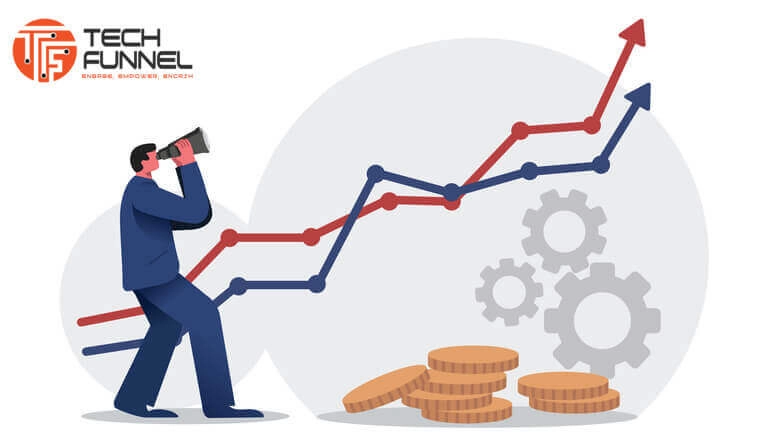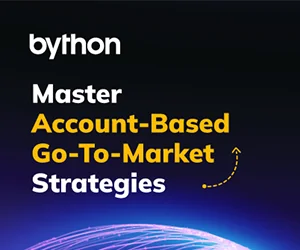What is Financial Forecasting?
Financial forecasting is the act of determining the future performance, productivity and/or potentials of an organization or business. It is a financial document that evaluates the possible outcomes of a business decision, so as to plan ahead for a desired result.
Importance of Financial Forecasting
Its importance in businesses growth and developments can not be undermined. To begin with, it enables a business or organization to optimally utilize resources for maximal increase and improvement. It reduces the wastage or misuse of scarce resources.
Below are 3 major reasons:
- It helps a business to know what resources are actually needed, when to use them, and how to use them for projecting desired future outcomes.
- It helps a business to easily raise funds and capital. Since most investors are primary concerned about investing in a business that has definite plans for success, it becomes easier to present your financial forecast(1) documents to financiers who would contribute to the business.
- It helps to paint a vivid picture of the roadmap to achieving your vision. Financial forecast helps a business to know which financial decisions are needed and which steps to take or not.
Financial Forecasting Models
It refers to the different approaches used by businesses. We have highlighted 5 common models below:
- Top-down Model
- Bottom up Model
- Correlation Model
- Quantitative Model
- Power laws
Financial Forecasting Methods
We will be sharing four basic methods with you:
-
The Straight-line Method
This is on of the easiest methods to use. Under this method, future revenue growth is projected from the past financial records and statistics. Basically, the straight-line method is used to evaluate the rate of constant growth by using historical data. This method is preferred by many because of its minimum math requirements.
-
The Moving Average Method
This method is used to determine repeated forecasts by also using previous business data or records to forecast future value of estimates. Just like the straight-line method, it also requires a minimum level of math.
-
The Simple Linear Regression Method
Here, forecasting analysts compare and evaluate the relationship between single independent and dependent variables in a sample of significant observations in order to forecast future revenue inflow. A standard knowledge of statistics is required to carry out this method.
-
The Multiple Linear Regression Method
Unlike the Simple Linear Regression Method, this financial forecast method analyses and compares multiple independent and dependent variables in a significant observation in order to forecast future revenue.
(Also Read: Useful Financial Forecasting Methods – Techniques Every CFO Must Know)
Financial Forecasting Process
There are different processes involved. We will be explaining two dominant processes below:
-
Historical Forecasting Process
This is a very common process among financial forecasters. Historical forecasting involves using past or historical business records or data to project future financial outcomes. For instance, a financial analyst can evaluate your annual Income Statements, Balance Sheets, and/or Cash Flow Statements over a couple of years, to study your business growth rate.
Through this process, you can project your subsequent future growth rate. One benefit of this process is that it is cost-effective and time saving. However, the major limitation here is that your projection is limited to only your own business and not the wider market around you.
-
Research-based Financial Forecasting Process
This process simply involves making research and findings concerning the larger business market around you. Unlike the historical process, it involves not only evaluating how your business is growing, but also how fast your competitors are growing too, the measures your competitors are executing, the relevance of latest technologies, and changes in consumer choices.
Hence, it is obvious that this process offers a broader and more detailed projection of how your company can progress over a period of time. This is the type that drives business financiers to invest in your business.
How to do Financial Forecasting
It is important for a business inclined person to understand how to do financial forecasting in this current age and time. Follow our steps outlined below:
- Using a spreadsheet, set up a sales forecast.
- Create a budget for your expenditures
- Create a cash flow statement by studying your historical profit and loss records.
- Using the data from the first three steps, develop an Income Projection statement
- Do not forget to evaluate your assets and liabilities.
- Importantly, do not hesitate to consult an experienced forecasting analyst if you have to.
Advantage of Financial Forecasting
There is no disputing the fact there are numerous benefits attached to these practices, some of which have been highlighted below:
- It helps a business to evaluate its actions so as to predict the future effects of certain actions, strategies and decisions.
- It also enables a corporate body to understand and control Cash flow patterns. This in turn, helps to direct the business in the desired path.
- Another benefit is that it helps to develop standards of measurements and projections, or reference points that would be useful in the future.
- It can help a business to plan for the unexpected, especially during times of financial struggles.
- It also helps an organization to predict the effects of new expenditures
- In addition, it helps a business to determine certain business risks, and how they can minimize these risks
- It helps to diagnose business areas facing financial issues; the root causes and how to resolve these financial issues.
- It enables a business to operate within the confines of certainty and stability
- Future budgeting becomes much easier.
Financial Forecasting Examples
There are certain examples and they include:
- Pro Forma Income Statement
- Pro Forma Cash Flow Statement
- Pro Forma Balance Sheet
(Download Whitepaper: How to Conduct Better Financial Forecasting with the Supply Chain)
Financial Forecasting Tools and Techniques
Various small and large businesses usually employ different tools and techniques to ascertain future outcomes.
Financial Forecasting Tools
Basically, there are three important tools and they are:
- The Balance Sheet
- The Cash Flow Statement
- The Income Statement
Financial Forecasting Techniques
-
Financial Statement Analysis
This is a basic technique. As one of the different financial techniques, financial statement analysis involves a comparison between numerous financial statements over a specific time frame, so as to find out if there are certain links or connections among these series of financial statements. This technique aims to determine if there are links such as: changes in the cost of sold goods, increases or decreases in revenue, or substantive increase in the organization’s expenditures.
-
Net Present Value
This technique involves the estimation of future cash inflows from new business establishments, and discounting the dollar amounts back to the current value of dollar. Under this technique, the total amount of discounted cash inflow is compared with the initial cash outflow that was used to begin the new business establishment or business diversification. Therefore, if the financial forecast shows that the estimated potential cash inflow is greater than the initial cash outflow, then the outcome is termed a positive decision.
-
Decision Forecasting
This technique is employed to arrive at good financial decisions. This technique involves outlining the various forecasting models so as to determine the effects each of them will have in future. Thus, decision forecasting helps a company to make business decisions based on the models that will yield the most financial inflow.
-
Cost of Capital
One of the commonly used financial techniques is Cost of Capital. It involves a comparison between compulsory interest rates that is accompanied with a debt, or equity financing, and then comparing these to present or future financial operations.
Financial Forecasting Vs. Budgeting
Budgeting is not the same thing as financial forecasting. It is a prediction of future outcomes, expenditures and even profits. It is based on the results of a future forecast sothata company or individual can then prepare a financial plan (that is; a budget) to fit into these projections.
Basically, financial forecasting is a prediction, while financial budgeting is a plan. Budgeting is planning how you’re going to spend resources based on the expected future outcomes you have forecasted. Budgeting relies on the information gotten from your financial forecast.
Best Financial Forecasting Software
No single software has everything; thus, we can’t select only one to be the best. Below is a list:
- Scoro
- Centage
- Prophix
- Float
- Maxiplan
Frequently Asked Question about Financial Forecasting
Q. What is the Role of Forecasting in Financial Planning?
A. Forecasting plays a key role in financial planning. This is because forecasting helps to make effective strategies and solid decision making that greatly determines the success of your financial planning.
Final Thoughts
In conclusion, it is evident that the significance to the growth of a business is indispensable. For every business owner, make sure you utilize the relevant knowledge we have shared with you in this article. Remember, your business won’t grow except you make deliberate financial decisions that can easily be done with financial forecasting.




